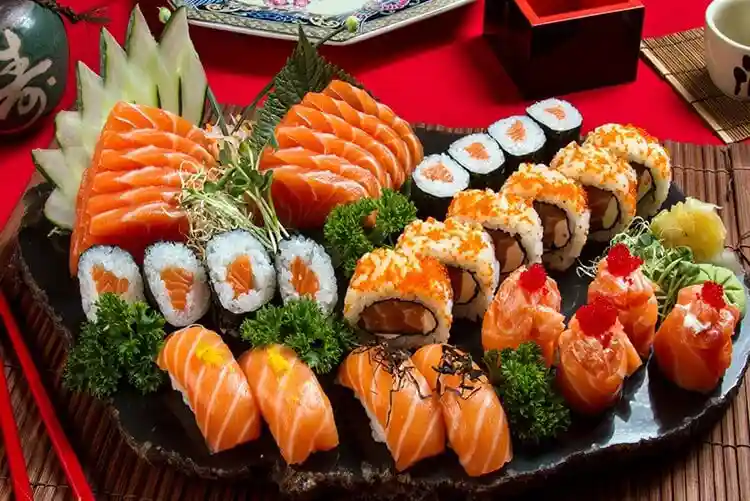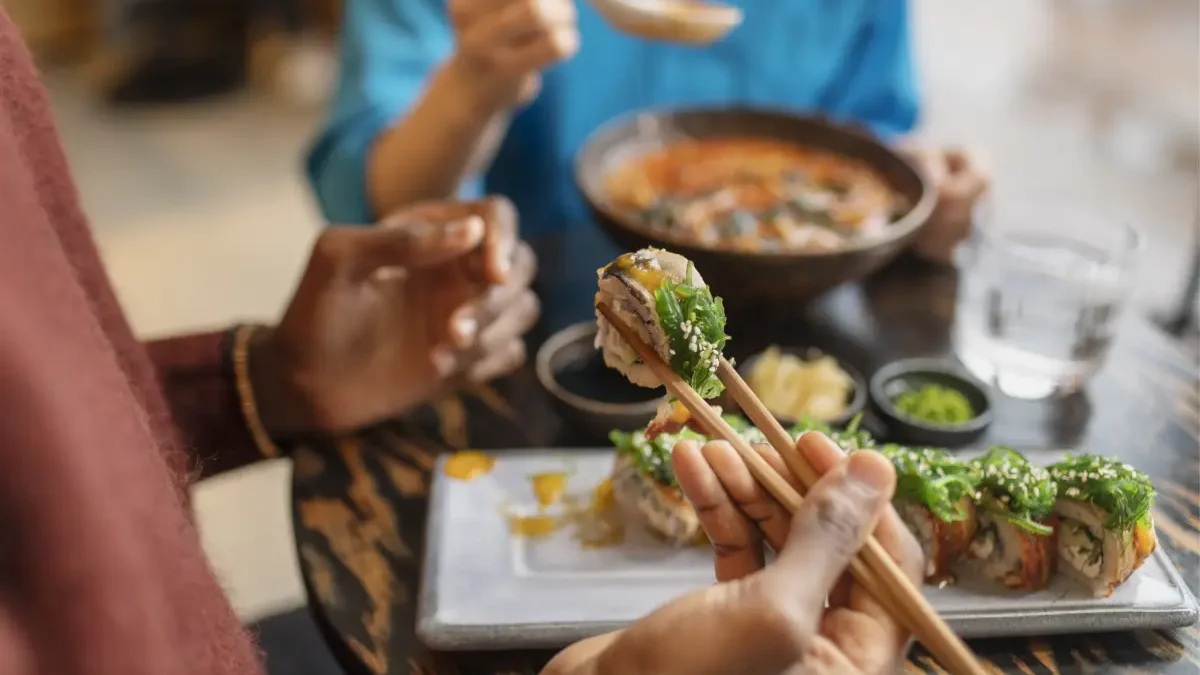The culinary landscapes of Asia are as huge and diverse as the continent itself, offering a rich tapestry of flavors and techniques that span centuries of tradition and innovation. From the meticulous art of Japanese sushi to the vibrant street foods of Thailand, each cuisine presents a unique profile that is reflective of its culture, geography, and history. In this article, we delve into the distinctive Asian cuisine of Japan, Vietnam, China, Thailand, and Korea, each of which contributes uniquely to the mosaic of Asian culinary arts.

Table of Contents
Japanese Cuisine: The Art of Balance and Seasonality
Japanese cuisine is renowned for its emphasis on seasonal ingredients, aesthetic presentation, and a balance of taste, texture, and appearance. Central to Japanese food culture is the concept of umami, often described as the fifth taste, which is rich and deeply savory. From the iconic sushi and sashimi to the comforting bowls of ramen, Japanese dishes are typically subtle yet sophisticated, reflecting a cultural dedication to perfection and respect for ingredients. Sushi, in particular, not only showcases the freshness of seafood but also the precision in preparation, making it probably the most famous japanese restaurant dish from Asia.
Vietnamese Cuisine: Freshness and Fragrance
Vietnamese cuisine is celebrated for its vibrant freshness and aromatic components. It heavily features herbs like cilantro, lemongrass, and basil, which are used both as ingredients and garnishes. Pho, the beloved Vietnamese noodle soup, perfectly encapsulates the essence of this cuisine with its clear broth, tender meat, rice noodles, and a bouquet of fresh herbs. Vietnamese dishes often achieve a delicate balance of sweet, sour, salty, and spicy, thanks largely to the liberal use of fish sauce, a staple condiment that imparts a distinctive character to the cuisine.
Chinese Cuisine: A Tapestry of Flavors
With its vast array of flavors and ingredients, Chinese cuisine is one of the most diverse in the world. This diversity is largely due to the regional culinary traditions of the eight major culinary schools, including Cantonese, Sichuan, and Hunan, each offering a different palette of flavors and techniques. Cantonese cuisine is known for its steamed and stir-fried dishes, utilizing a subtle blend of flavors to enhance the natural taste of the ingredients. Sichuan cuisine, on the other hand, is famous for its bold spiciness and the numbing flavor of Sichuan peppercorns. This regional diversity ensures that Chinese food in its entirety is incredibly varied and endlessly fascinating.
Thai Cuisine: Complexity in Flavors
Thai cuisine is a thrilling blend of tastes, with each dish typically offering a harmonious contrast between sweet, sour, salty, bitter, and spicy. Ingredients such as tamarind, chili peppers, lemongrass, and coconut milk are staples, contributing to the distinctive flavors that Thai food is known for. Dishes like pad Thai and green curry invite diners to experience a complex layering of flavors that are simultaneously robust and delicate. The cuisine’s use of fresh herbs and spices not only enhances the taste but also contributes to the visual appeal and aroma of the dishes.
Korean Cuisine: Depth and Fermentation
Korean food is characterized by its depth of flavor, often achieved through fermentation. Kimchi, a fermented vegetable dish, is ubiquitous in Korea and highlights the importance of fermentation in developing rich, intense flavors. Korean cuisine also features a variety of meat dishes, like bulgogi and galbi, which are marinated and grilled to perfection. Additionally, the communal aspect of Korean dining, with dishes like bibimbap and Korean barbecue, reflects the culture’s emphasis on sharing and togetherness.
In conclusion, the diverse cuisines of Asia are bound by an overarching reverence for ingredients and a pursuit of harmony in flavors. Whether it’s the refined simplicity of Japanese dishes, the fresh vibrancy of Vietnamese meals, the bold contrasts of Chinese culinary arts, the intricate balance of Thai flavors, or the rich, fermented profiles of Korean food, each cuisine offers a unique window into the cultures of Asia. Through exploring these diverse culinary traditions, we gain not only a deeper appreciation for Asian cuisine but also a greater understanding of the rich cultural fabric that weaves these nations together.

